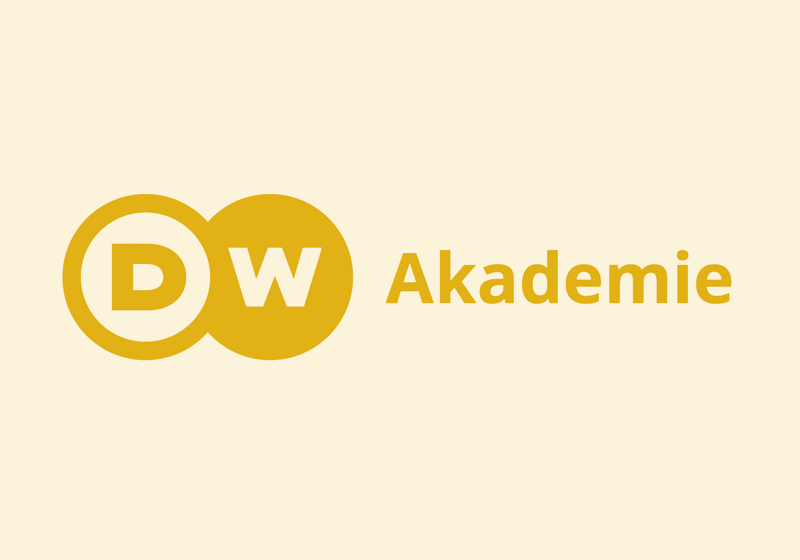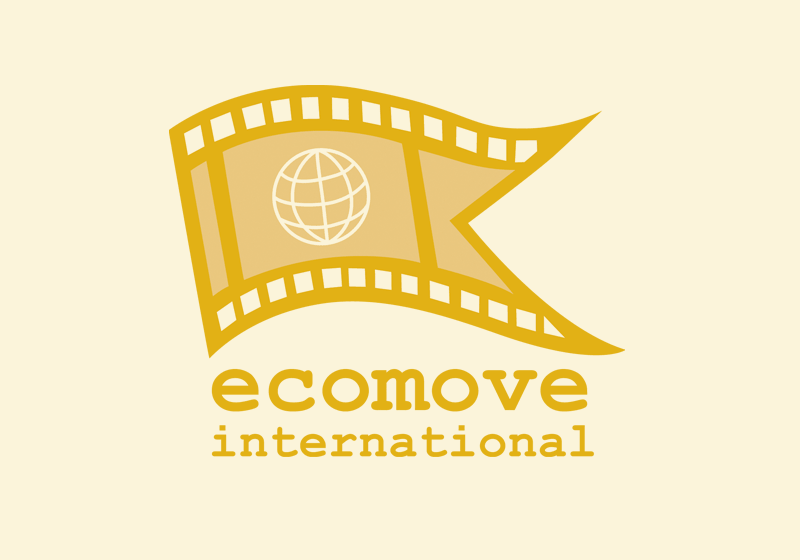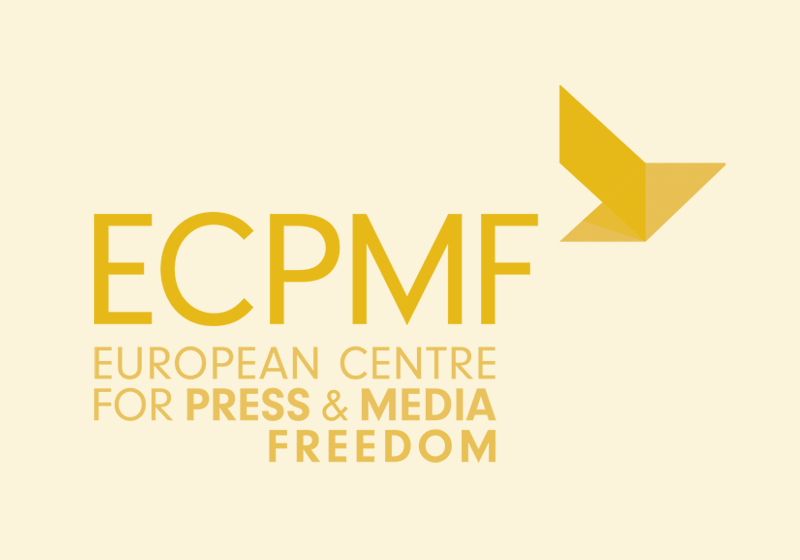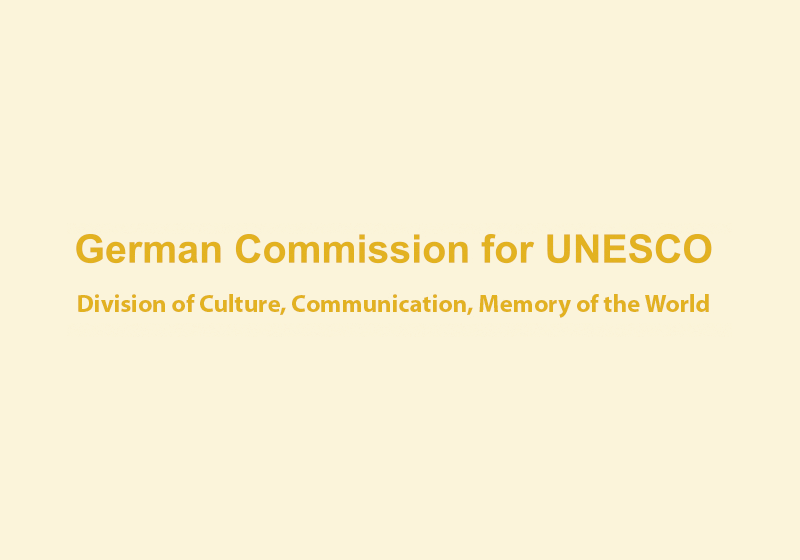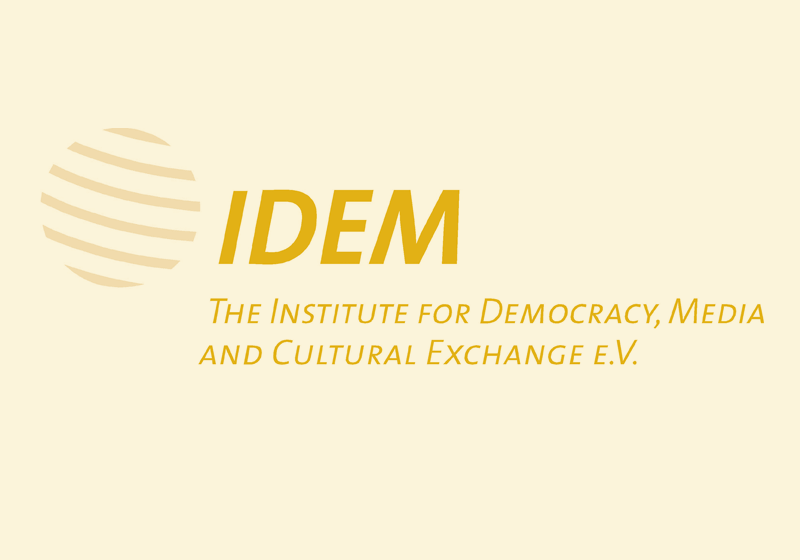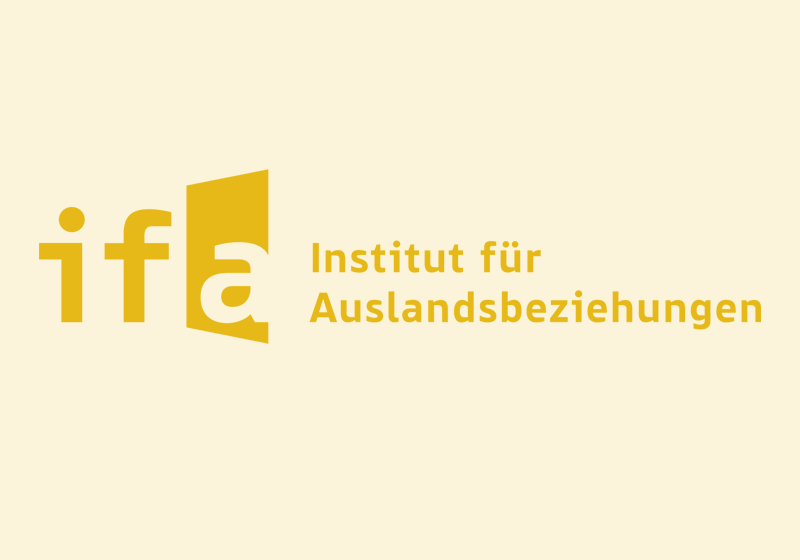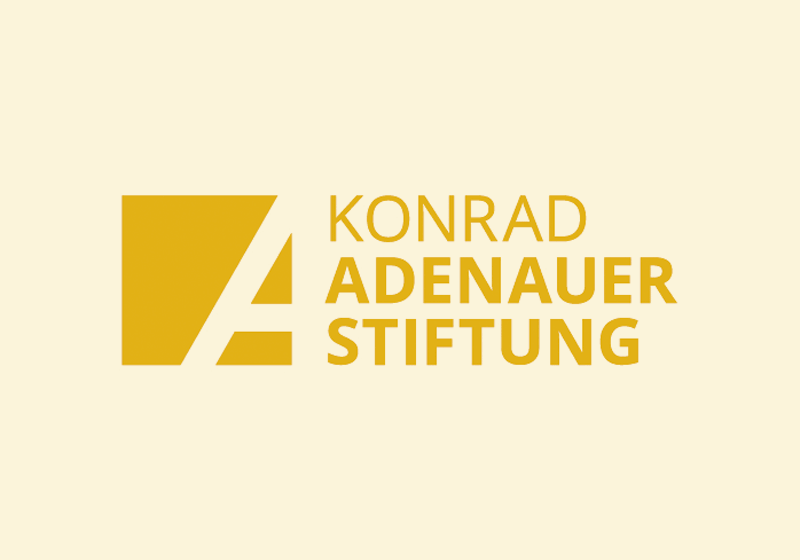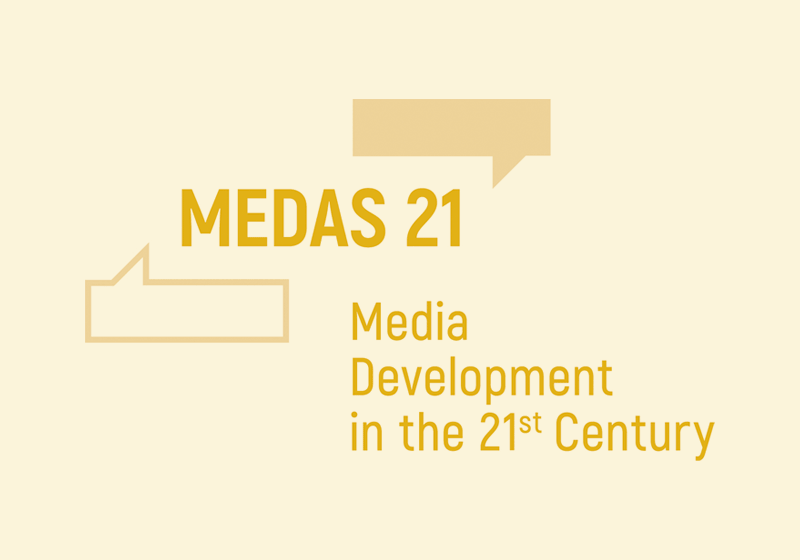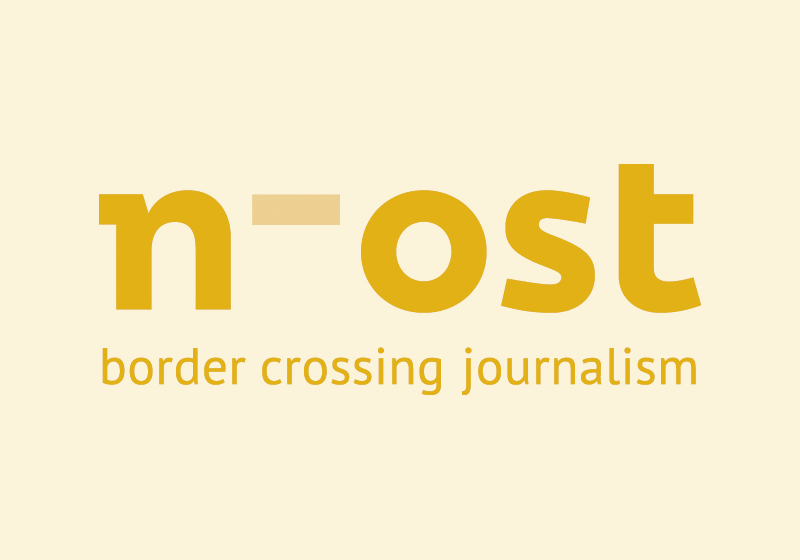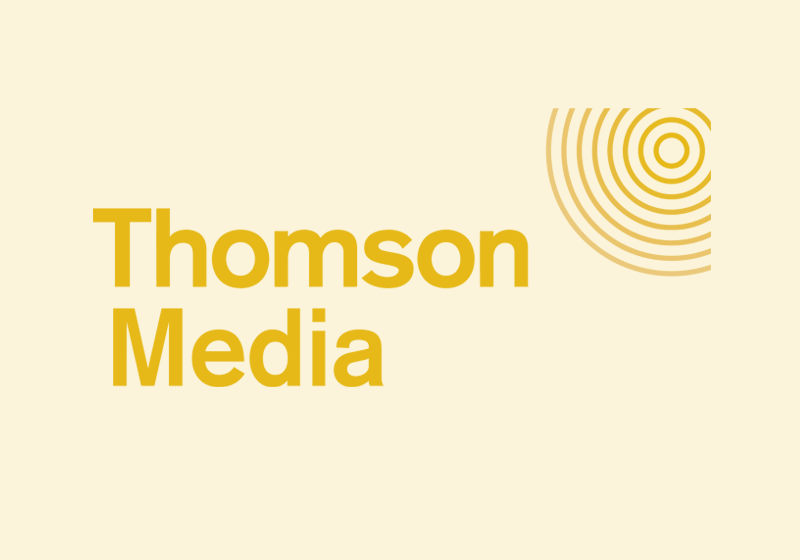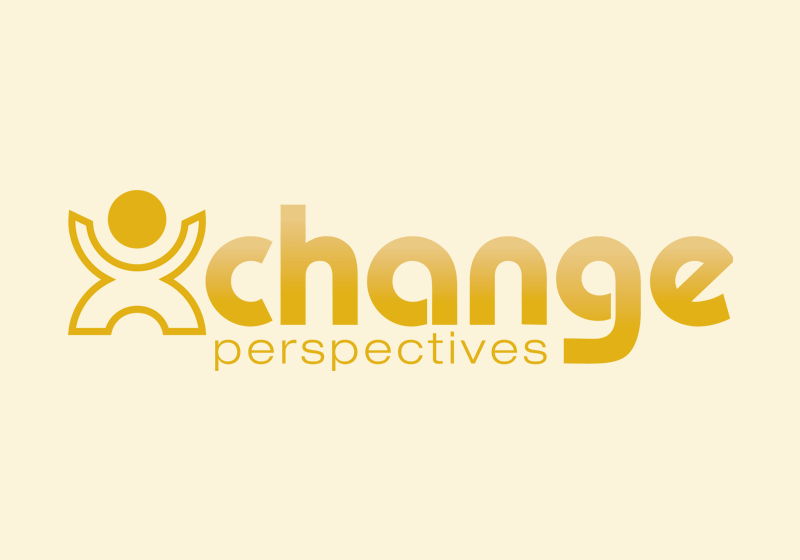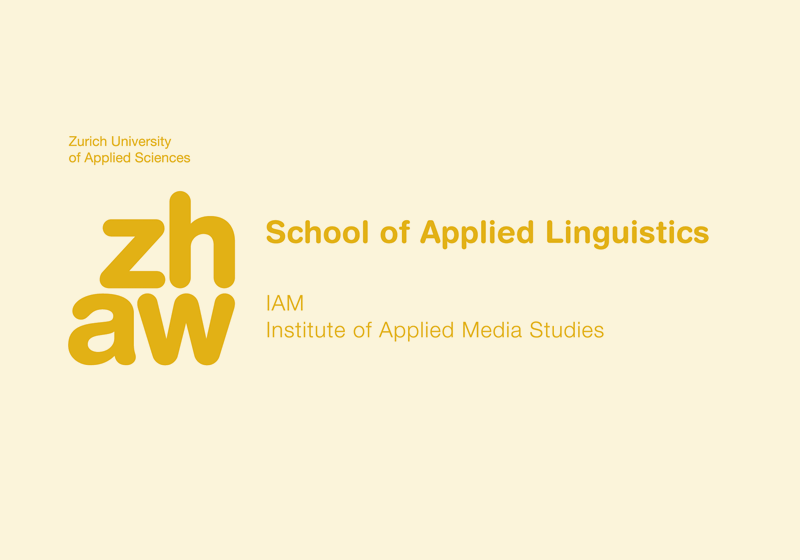Audience Research in Media Development: Abstracts & Presentations - FoME Symposium 2014
Learn more about the speakers and have a look at the recommended readings.
PART ONE:
AUDIENCE RESEARCH & MEDIA DEVELOPMENT
Comparing Media Usage Patterns in Africa, Asia, MENA & Latin America
Pablo Diego-Rosell, Gallup
Download the presentation
From Afghanistan to Zimbabwe, from Acapulco to Zanzibar, media usage patterns in the developing world vary significantly depending on geographical, cultural and socio-economic factors. Since 2012, Gallup has been collecting data for the International Audience Research Program (IARP) in some of the world’s toughest media environments. To date, we have conducted nationally representative surveys in a total of 57 countries in Africa, Asia, MENA and Latin America. The standardized nature of the core questionnaire used for the IARP allows us to combine datasets and analyze patterns at the aggregate level. This presentation will describe the geographic differences in media access, usage and interests around the developing world, with a specific focus on emerging trends in mobile media and the Internet.
Audience Research in Developing Markets: A Role for International Media Assistance?
Mark Nelson, CIMA
Download the presentation
The importance of audience research in creating sustainable media systems can hardly be overestimated. It can help countries create a level playing field that creates incentives for well managed media enterprises. It can help media companies strengthen their business model, understand their reach, improve their content, and build loyalty. It can help a media investors make better decisions about where to put their money. And it can help donors and media development implementers know whether their support is effective. Yet in the developing countries that most need audience research, it is often weak, lacking, poorly used or badly governed.
This presentation will draw on a paper commissioned by the Center for International Media Assistance (CIMA) for the purposes of this event. It will look at the major areas where audience research may be used to improve media systems, and the effectiveness of audience research as a tool in media development work. It will examine some important cases where audience research has been used, and look at the ways that donors and other external partners can support developing countries in establishing effective audience research systems. Finally, it will ask how external partners can support countries in establishing and governing effective audience research systems.
How Audience Research Impacts on Media Businesses: Examples from the Field
Peter Whitehead, MDIF
Download the presentation (powerpoint)
Download the presentation (text)
Through our work providing investment capital and management assistance to independent news outlets in 36 developing countries, Media Development Investment Fund (MDIF) has witnessed first-hand the impact audience research – or a lack of it – can have on the economic viability of media businesses. Drawing on both the positive relationship between audience research and growth in ad revenues as well as the challenges provided by a lack of quality data, this presentation will provide practical examples of how audience research impacts on media businesses in countries such as Indonesia, Malaysia and Montenegro.
Understanding Audience Needs: The Role of Audience Research in Shaping Programmes. Experiences from Burma, Afghanistan and India
Chris Larkin, BBC Media Action
Understanding audience needs is critical to designing media outputs that are relevant, timely and impactful on our audiences. Research can guide both higher level communication objectives as well as feedback audience views in real-time to programme developers seeking to make outputs more entertaining and engaging for target audiences. This presentation will share experience from diverse country contexts, to illustrate the important role that research plays in shaping BBC Media Action programme strategies and content.
In Burma BBC Media Action is delivering a programme of work to support improved governance during a period of great political transition. A multi-method research study on citizen engagement with governance processes has deepened understanding of ‘who’ is most and least engaged, and the barriers to engagement that media could help to address. The findings continue to inform a theory of change for how media can influence governance and accountability in Burma. However identifying target audiences and overarching strategies is just the first step. Developing and continuing to producing engaging outputs is also essential. Examples of approaches include mobile user-testing in India and live audience feedback in Afghanistan.
Citizen Consultation on Media and News Quality in Bolivia
Erick Torrico, UNIR Bolivia
Download the presentation (powerpoint)
Download the presentation (text)
Since 2008, UNIR Bolivia, a non-governmental foundation, has consulted citizens three times on their opinion about media and news quality in Bolivia. The first “Consulta Ciudadana” asked the people in Bolivia’s four major cities (La Paz, Cochabamba, Santa Cruz and El Alto), where the principal media outlets —newspapers, radio and TV stations— are based. In 2012, the consultation covered all the country’s departmental capitals (nine cities) and El Alto. In 2014, the project was repeated in six cities, including two rural towns.
In the citizen consultation, UNIR Bolivia installs meeting points in public places like popular markets, squares or bus stations. People interested in the topic of media quality, journalism and information and communication rights can answer a questionnaire with open and multiple choice questions. An interviewer helps them to fill in the questionnaire.
The consultations showed that people are not just passive receivers, but an interested and active public, paying close attention to good practices and also failures of journalists and media. The results of every consultation were discussed with journalists in order to contribute to the news’ quality improvement. The presentation concludes that citizen consultation can be an important and powerful feedback instrument for journalists and media, stimulating changes in current journalistic practice.
Audience Research and Cultural Identity in Africa: An Anthropological Perspective
Francis B. Nyamnjoh, University of Cape Town
Download the presentation
This talk addresses the theme of audience research and cultural identity in Africa from an anthropological perspective. Given the importance of the socio-cultural context, and in view of the hierarchies that inform human relations, anthropological insights are critical for understanding the dynamics of persuasive communication and how audiences of different social backgrounds and positions relate to the media that target them. Using Africa as an entry point, this talk discusses the intricate interconnections between anthropology and communication, arguing that different forms of the one beget different forms of the other, and that the quality of audience research in any context requires paying closer attention this nexus.
PART TWO:
AUDIENCE RESEARCH UNDER DIFFICULT CONDITIONS
Methodological and Logistical Challenges of Audience Research in Conflict Zones: Studying News Media Uses of Syrians
Jad Melki, American University of Beirut & Anke Fiedler, MICT
Download the Syria Audience Research (2014)
Download Methodological Obstacles
According to United Nations estimates, nearly half of all Syrians have fled their homes since the conflict in Syria began in early 2011. The country has been split by warring factions, with some areas still ruled by the government while others are now administered by rebel forces. ISIS militants, meanwhile, continue to conquer new territory.
Against this new political reality, analysts on the ground in Syria find themselves confronted by new challenges in their approach: How can people be asked about their social situation without interviewee and interviewer being endangered by the circumstances? How can accurate information be collected when no data exists about the changing demographic face of the country? Which sections of the population can still be reached and what is the most effective way to negotiate access? How reliable are the results of such data collection conducted by field researchers who may have certain political allegiances in the conflict? What are the best sampling methods and interviewer training approaches in such circumstances? And which logistical and budgetary problems are to be anticipated?
In response to these challenges, MICT, in collaboration with the American University of Beirut, conducted a survey of more than 2,000 Syrian media users in Syria, Lebanon, Turkey, and Jordan in early 2014. Research obstacles and possible ways to circumvent them will be presented at the FoME conference.
Creating an Audience Ratings System in the World’s Youngest Nation: A New Set of Challenges
Natalie Forcier, Forcier Consulting
Download the presentation
Download the South Sudan National Audience Survey (2013)
Forcier Consulting, in conjunction with Internews, is part of a five-year, USAID-funded media strengthening project supporting community radio stations throughout South Sudan. As part of this project, Forcier Consulting has been tasked with the creation of a credible and affordable nationwide audience ratings system to benefit all radio broadcasters in the country. This presentation shares the findings of the pilot conducted in the national capital, Juba, and the experiences of designing an effective and functional seven-day diary methodology in a country with 80% illiteracy rates and less than 35% mobile penetration.
Audience Research for Exiled Media: Challenges and Opportunities
Maria Sadovskaya-Komlach, European Radio for Belarus
Media outlets that are forced to work in exile face numerous challenges related to the political situation in their target countries, including access to information and dissemination of their news and stories. Despite these challenges, exiled media strive to be credible to their target audiences. Since its inception in 2005, European Radio for Belarus (Euroradio) has used a combination of traditional sociological tools and web analytics in order to determine the values, habits and interests of its target and real audiences. This presentation will describe the main achievements and challenges of this process in Belarus and countries alike.
Blocked, Scared and Hungry for News: How UZnews Knows and Relates to Its Audiences in Uzbekistan
Galima Bukharbaeva, Uznews.net
Banning critical and independent websites is a common procedure in Uzbekistan, so Uzbek citizens already are used to bypassing blocked portals via anonymous proxies, VPN etc. Internet access via smartphones and tablets is also growing, where Uzbeks can directly read blocked news sites like Uznews.net. Currently, more than 40% of our readers come from Uzbekistan via smartphones, tablets or through US based proxy-services.
Uznews has about 15,000 unique visits daily – three to four times more than the state news agency in Uzbekistan, and other independent media like Uzbek radio BBC and Radio Liberty. This presentation describes and discusses the methods used by UZnews to know and to relate to its different audiences – including the Uzbek government, which reacts on almost every story we write.
PART THREE:
DEFINING AND SEGMENTING AUDIENCES
Sinus Meta-Milieus: How Value-Based Segmentation Leverages Media Research Beyond Socio-Demographics
Matthias Arnold, Sinus Institute
Media landscapes become more diverse and fragmented. Media research which is based only on socio-demographic clusters no longer explains media usage behavior sufficiently. The Sinus-Milieus provide a deeper understanding of who likes what kind of information, entertainment and media channel for which reason. Sinus-Milieus are the result of three decades of research in social sciences and take their cue from an on-going everyday-life research of society. This knowledge allows editorial managers and journalists a better understanding of their audience in order to adapt their program to the audience they want to reach.
The presentation will give you an understanding of the Sinus-Milieu methodology and shows best practice examples of what editorial directors and journalists can learn when looking at their audiences in a more differentiated way. Sinus-Milieus are not only established in Germany (e.g. AGF/GfK television audience panel) but also applicable for international media audience research.
Understanding Media and Communication Needs for Audiences in Asia – Audience Segmentation from a 7 Country Study in Asia
Chris Larkin, BBC Media Action
Climate Asia, a BBC Media Action project, aimed to understand how people in Asia could be better supported by media and communications to cope with, and adapt to, the impacts of climate variability and change. At the time of the project’s inception, there was a dearth of research on how people live and deal with climate change in Asia. Instead the climate change communications sector was largely framed around mitigation and the global debate around reducing carbon emissions.
Climate Asia research therefore aimed to understand people’s perceptions of the effects and impacts of climate change and their responses to these changes. More than 33,000 people were surveyed across seven countries – Bangladesh, China, India, Indonesia, Nepal, Pakistan and Vietnam. Using cluster analysis techniques, the audience was then segmented into five groups who were responding to changes in climate in different ways. These segments were called ‘Surviving’, ‘Struggling’, ’Adapting’, ‘Willing’ and ‘Unaffected’.
This pan-Asian picture of the publics’ understanding and experience of climate change in Asia is informing the development of communication strategies. The research toolkit, data portal and country reports can be accessed at www.bbc.co.uk/climateasia.
PART FOUR:
STRENGTHENING AUDIENCE RESEARCH CAPACITIES
Media Audience Research in Africa: Where Are We, and Where Should We Go?
Paul Haupt, Pan African Media Research Organisation (PAMRO)
Download the presentation
For many countries in Africa media audience research is still a relatively new phenomenon. Over the past 20 years or so, a small group of people have worked to promote the measurement of audiences across Africa as a necessary precondition for free media. Naturally, this initiative was not conducted solely for altruistic reasons but also to assist marketers and media owners who require in-depth information about media audiences for target marketing and activities such as media planning and the buying and selling of media space and time. The Pan African Media Research Organisation (PAMRO) was founded in 1999 in Johannesburg to create a forum where media researchers from across Africa could come together to discuss mutual problems and learn from each other’s experiences. It has now become the most important forum for media researchers in Africa, and the annual conferences are extremely well attended.
As originally expected, the progress has been slow and sometimes painful but an awareness of the importance of currency research has been created in many countries and the quality of research is improving. However, African countries, like those in the rest of the world, are faced with huge challenges due to the wave of change that is sweeping across media industries worldwide due to technological innovations, the appearance of new media, fragmentation and maybe counterintuitively, the convergence of media.
This paper will explore the current state of media audience research in Africa and highlight some of the factors that are inhibiting the development of media audience research. The possible role of international media assistance to strengthen local capacities and the importance of such an intervention will be discussed.
An Audience in Ones and Zeros: The Digital Audience Measurement Journey in South Africa
Jarred Cinman, Interactive Advertising Bureau (IAB) South Africa
Download the presentation
Digital publishing – like most other forms of journalistic content – relies on a viable advertising revenue stream to be sustainable. Globally there are very few examples of successful subscription or other competing revenue streams, and thus the symbiosis between advertising and editorial continues.
At the foundation of a successful advertising ecosystem is an ability for advertising messages to be targeted to the right audiences via the right media properties. And at the heart of this is good data. Digital platforms provide a unique and unprecedented ability to understand not only audience demographics but their behaviour. Understood properly, this can offer advertisers a powerful means to get their message to just the right consumers. Global companies like Google and Facebook have turned this simple insight into multi-billion dollar businesses.
But how does a country go from the “wild west” of digital, where no standardised forms of measurement or credible research exists, to one in which there is buy-in to a digital currency? What are the institutions and technologies needed to build a credible measurement model? And what obstacles are likely to be encountered? This presentation will offer a perspective from the developing world in a country which has succeeded in building exactly such an ecosystem. I will look at how it was accomplished and what work still lies ahead. Most importantly I will frame the benefits this offers for the effectiveness of online advertising and the viability of online publishers.
In-house vs. External Audience Research: Sharing 10 Years of Experience With Fondation Hirondelle
Olivier Lechien, Fondation Hirondelle
Fondation Hirondelle started commissioning and using quantitative data from professional media research institutes in 2004 for its Radio Okapi project with the United Nations in DRC. Qualitative, focus-groups based research was then added to test feedback from Congolese citizens and adjust the programming accordingly. Similar research is now used in other FH projects, sometimes as part of an in-house training scheme for its partners.
What are the challenges, merits and respective limits of both approaches? How can the lessons learned benefit other media support projects?
The presentation includes the experiences of an in-house focus-groups audience survey in April 2014 in Guinea, as part of the Training & Production Studio project in Conakry. Six partner radio stations organised 36 focus groups targeting 430 participants and learned to use this management tool to improve their programming.
Making Media Markets Work: The Nepal Experience
Gavin Anderson, The Springfield Centre & Paul Haupt, PAMRO
Download the presentation (powerpoint)
Download the presentation (text)
Download the presentation (feasibility study)
Samarth-NMDP (Nepal Market Development Programme) is a five-year DFID (UK Department for International Development) funded market development programme that aims to reduce poverty in Nepal. The programme takes a ‘Making Markets Work for the Poor’ approach to improving the performance of key market sectors that benefit the poor. These include sectors in agriculture and tourism. Samarth is also embarking on work to improve the operations of mass media in Nepal.
The media sector is critical for the flow of information and also to voice and accountability. It is a key potential driver of change within market systems. Over the last 15 years the media sector in Nepal has grown significantly, particularly broadcast with around 369 radio stations operating across the country. However, the Nepalese media industry suffers from a lack of comprehensive, reliable and regular media research and this is impacting on the performance of all media channels. With no audience data or ratings, advertisers are in effect making a stab in the dark, and potentially squandering a significant proportion of their advertising budget and undermining competitiveness in the sector. Many decide not to spend at all, resulting in lack of profitability and investment in the media sector.
It is thus clear that media research has the potential to make a deeper and longer lasting impact on poor households in Nepal by revitalizing an essential industry. This developmental impact is why a UK Department for International Development (DFID) funded project, Samarth-NMDP, is working to resolve this underlying problem in the Nepalese media industry.
How To Do It Yourself: A Capacity Building Process in Three Stages for Community-Oriented Radio Stations in Uganda on Measuring and Understanding Their Audiences
Petra Stammen, CAMECO
Download the presentation
This input provides insights into a project aimed at building capacities of local radio stations in Uganda in assessing and understanding their listeners and target audiences, reviewing the value and impact of their programming, and using the data to make informed decisions about programming and community engagement. The project started with a workshop on audience research methodologies in July 2014. It is followed by a field phase (August-October 2014) with locally conceived and implemented audience surveys and will conclude with an experience sharing meeting in November 2014. The presentation summarises the achievements and challenges of this process and discusses lessons learned for similar activities in the future.
Audience Research Training for Local Radios in Afghanistan
Dirk Spilker, MICT
Downolad the presentation
Media in Cooperation and Transition (MICT) has been active in Central Asia in the field of media development and capacity building for journalists since 2011, with Afghanistan as the main partner country. As international forces withdraw from Afghanistan, local media are increasingly concerned about the decrease in international financial aid – which will inevitably translate into less money for local media, too.
Based on our experiences in other countries (including Iraq, Tunisia, and Egypt) MICT set up a capacity building programme for local media managers. We held an initial workshop in Kabul in February 2014, to look at how local media could best ensure their financial viability in the future. Part of the programme centered on the basic knowledge and tools needed for small-scale audience research. After the workshop, two local radio stations conducted their own audience research as a basis for new business plans. The presentation shares a few of the initial experiences with this type of “do-it-yourself” research.






